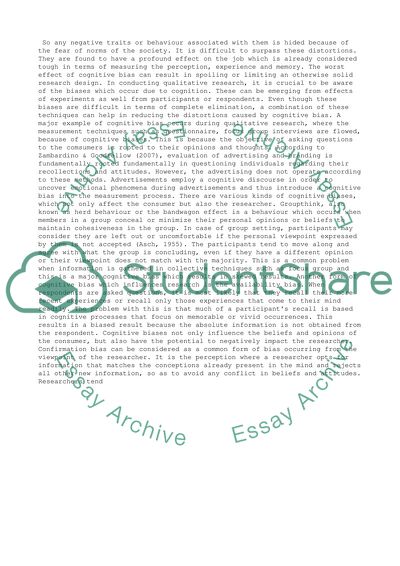Cite this document
(“Business analysis Essay Example | Topics and Well Written Essays - 2750 words”, n.d.)
Retrieved from https://studentshare.org/business/1479598-business-analysis
Retrieved from https://studentshare.org/business/1479598-business-analysis
(Business Analysis Essay Example | Topics and Well Written Essays - 2750 Words)
https://studentshare.org/business/1479598-business-analysis.
https://studentshare.org/business/1479598-business-analysis.
“Business Analysis Essay Example | Topics and Well Written Essays - 2750 Words”, n.d. https://studentshare.org/business/1479598-business-analysis.


